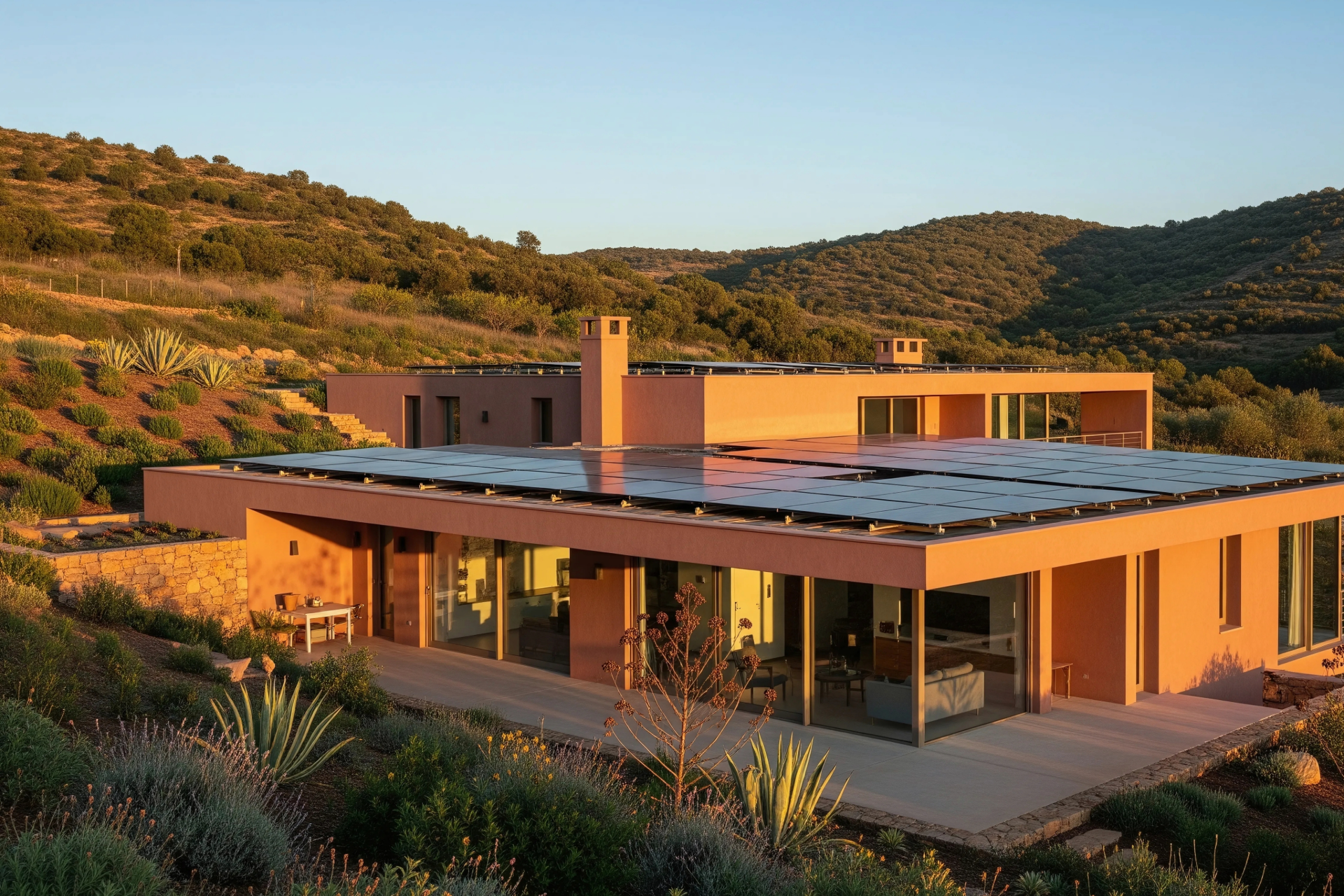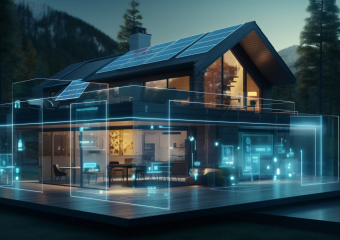Green Is the New Gold: Why Sustainable Homes Are Winning
Green is the new gold in today’s real estate market, as sustainable homes are rapidly becoming the most sought-after properties among buyers and investors. As global awareness about climate change and environmental responsibility grows, more people are prioritizing eco-friendly and energy-efficient homes over traditional residences. This shift is not just about ethical living; it’s also about long-term savings, health benefits, and increasing property value. Let’s explore why sustainable homes are winning the market and what this means for buyers, sellers, and the real estate industry as a whole.
The Rise of Sustainable Homes in the Housing Market
Sustainable homes are designed and built with a focus on minimizing environmental impact. This includes using renewable materials, incorporating energy-efficient appliances, and implementing eco-friendly construction techniques. Features like solar panels, rainwater harvesting systems, high-efficiency HVAC units, and superior insulation all contribute to reducing carbon footprints and lowering utility bills. The appeal of these homes extends beyond their green credentials; they offer comfort, durability, and often a modern aesthetic that aligns with today’s lifestyle preferences.
One of the biggest drivers behind the surge in demand for sustainable homes is the increasing cost of energy and utility bills. Homeowners are constantly looking for solutions to reduce expenses while maintaining quality of life. A sustainable home, with its lowered energy consumption, provides an attractive financial incentive. Energy-efficient windows, smart thermostats, and LED lighting, for instance, can significantly cut costs over time. Additionally, many local governments offer tax incentives, rebates, and grants to encourage buyers to choose sustainable options.
Why Sustainable Homes Are Winning the Market: Benefits for Buyers
Reduced Operational Costs
A major benefit of sustainable homes is their ability to significantly reduce operational costs. Lower energy consumption means smaller monthly bills. Sustainable homes also tend to require less maintenance due to the use of durable, high-quality materials that are resistant to wear and weather damage. Over the lifespan of the property, this can amount to substantial savings.
Health and Well-being
Sustainability goes beyond money-saving features. These homes typically employ non-toxic materials and better indoor air quality control solutions, such as advanced ventilation systems and moisture control. This creates healthier living environments by reducing allergens, mold, and harmful chemicals commonly found in traditional buildings. For families and individuals who value wellness, this is a key selling point.
Increased Property Value and Marketability
Sustainable homes often come with higher resale value. As more buyers seek low-impact, energy-efficient residences, these homes attract greater interest and competitive offers. Real estate agents note that sustainable homes tend to spend less time on the market and often sell at a premium compared to comparable traditional homes. As environmental standards and building codes become more rigorous, sustainable homes are future-proof investments.
The Role of Builders and Developers in Promoting Sustainable Homes
Builders and developers are increasingly adopting sustainable practices, not only to meet market demand but also in response to regulatory pressures. Green building certifications such as LEED (Leadership in Energy and Environmental Design) and ENERGY STAR have become benchmarks of quality and environmental responsibility. These certifications assure buyers that a property adheres to strict sustainability criteria.
Developers are also integrating sustainable community planning, such as walkability, green spaces, and efficient public transportation access. These elements add value beyond the individual home and foster healthier, more connected neighborhoods. As technology advances, innovations such as smart grid systems, electric vehicle charging stations, and home automation are becoming standard features in sustainable housing developments.
Challenges and Considerations in the Sustainable Home Market
Despite the many advantages, sustainable homes sometimes face higher upfront costs due to specialized materials and construction techniques. However, many buyers and investors see this initial expense as a worthwhile trade-off for long-term savings and environmental benefits.
Education remains vital; buyers must understand the full spectrum of benefits that sustainable homes offer, from cost savings to health improvements and environmental impact. Transparency in green building certifications and energy performance data helps foster trust and informed decision-making.
Looking Ahead: Trends Shaping the Future of Sustainable Homes
As technology evolves, we can expect even more sophisticated and affordable sustainable features. Innovations in solar technology, battery storage, and smart home integration will further enhance energy independence and efficiency. The concept of net-zero homes—properties that generate as much energy as they consume—is gaining traction worldwide.
The market will likely continue to favor sustainable homes as climate policy tightens and consumer preferences evolve. For buyers and industry professionals alike, embracing sustainability is both a smart economic move and a contribution to building a healthier planet.
In conclusion, the surge in popularity of sustainable homes underscores a fundamental shift in the real estate market. Green is truly becoming the new gold, offering numerous benefits that extend well beyond environmental impact. For those looking to invest wisely, live healthily, and reduce their carbon footprint, sustainable homes represent a winning choice—today and in the future.







